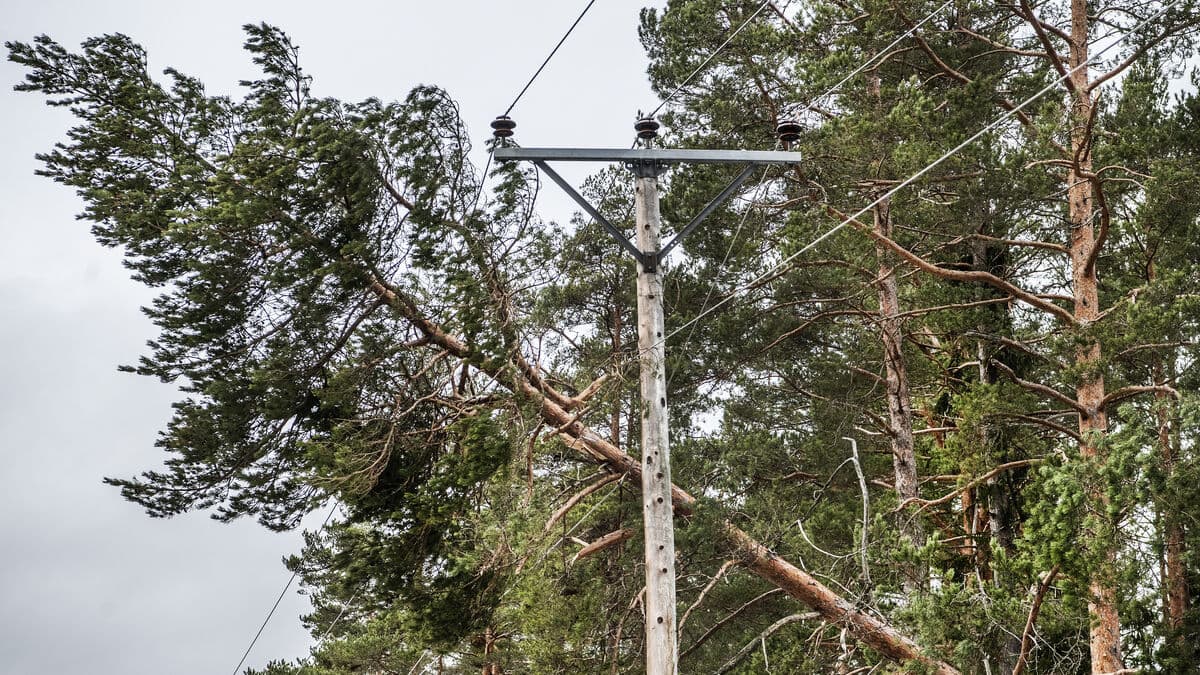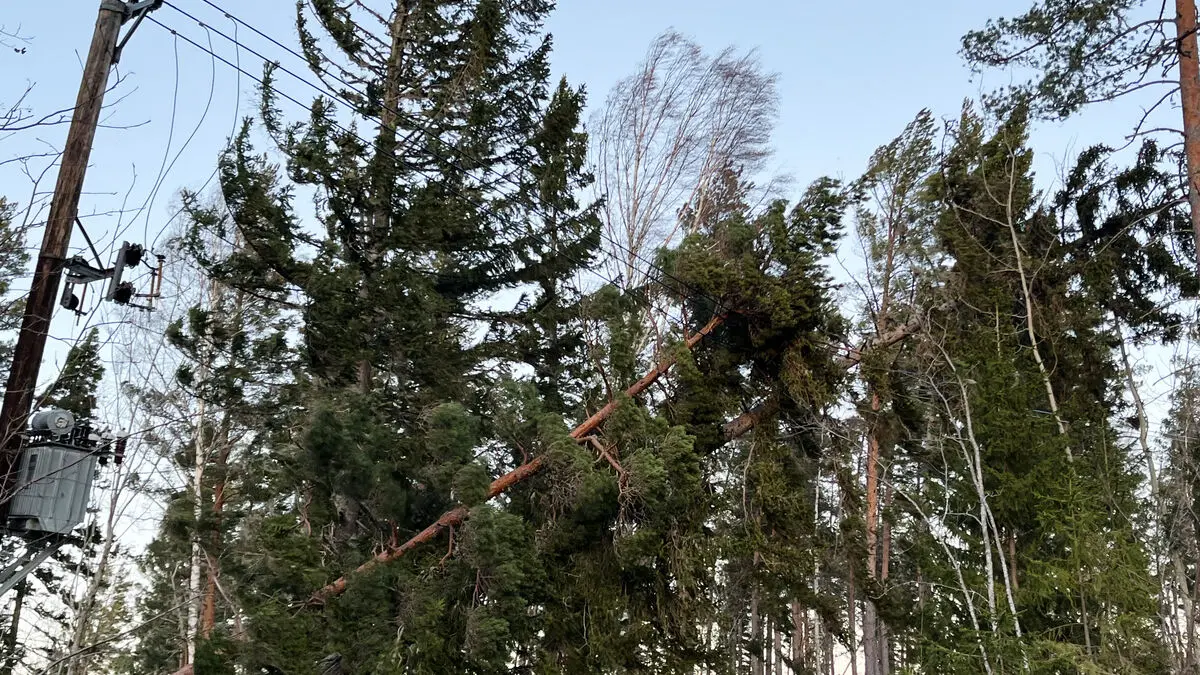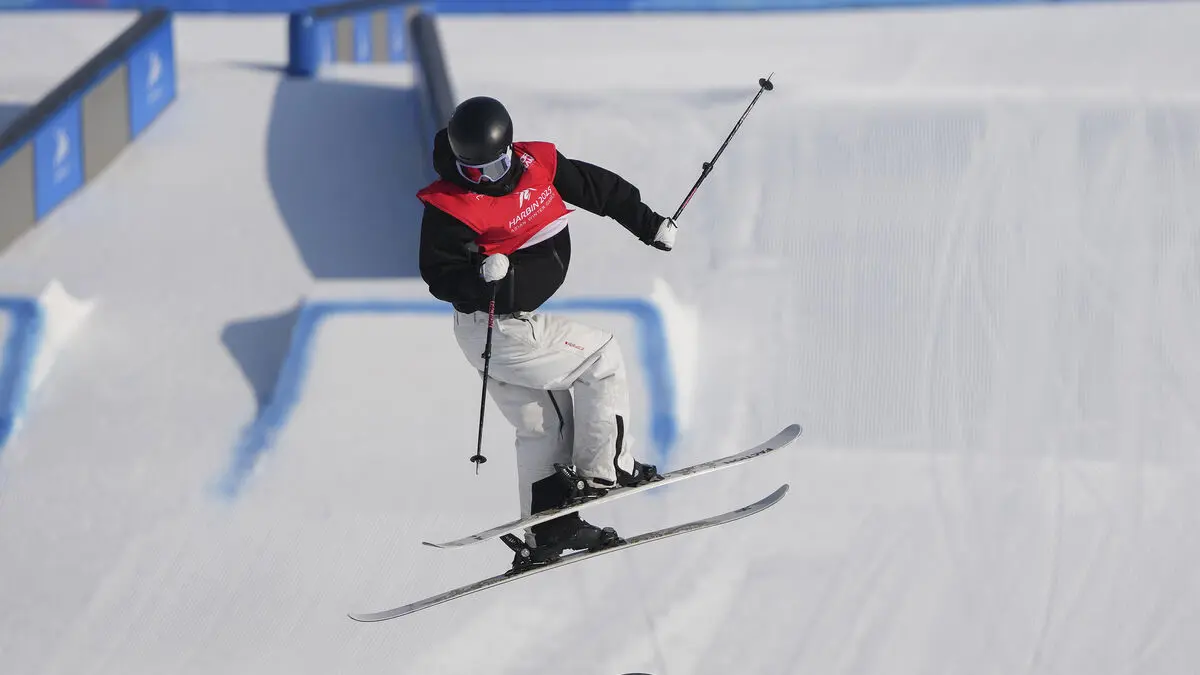Vattenfall paused the wind power project Kriegers Flak after the Tidö parties decided not to – as the previous government – intend to finance the connection to the power grid, i.e. the power cables out at sea.
Now, the Sydsvenska Chamber of Commerce wants the cables to be financed through funds taken from the so-called capacity fees that customers indirectly pay to the power system.
"Must try"
The proposal was presented to Energy and Enterprise Minister Ebba Busch during a meeting on Monday.
We have had lawyers who have looked at it. As we interpret the regulations, the capacity fees are for increasing the flows in the energy system. If you pay for the cables to connect new power production, we believe it is entirely in line with the regulations, says Per Tryding, Vice President of the Sydsvenska Chamber of Commerce.
Even if it would contravene EU legislation, Tryding believes it is a path that Sweden must try.
It is the whole idea of the EU. If it turns out that it is not in line with the regulations, we will have to adapt. Sweden has a tradition of working a bit backwards. Therefore, we believe that Svenska Kraftnät must be given the task of looking into this.
Fear of skyrocketing electricity prices
But according to Energy and Enterprise Minister Ebba Busch, it is already clear that the proposal contravenes EU legislation.
There may be some variant of this that could be applied, but I think Sweden needs to have fewer utopian proposals that are difficult to implement, she says, adding that she is open to looking at a variant that is compatible with current legislation.
Companies are, according to the Sydsvenska Chamber of Commerce, worried that electricity prices will skyrocket again during the winter. Moreover, there is a concern throughout Sweden that electricity prices will surge when the new system for electricity transmission is introduced at the end of October.
It will be a huge mess if this goes badly, but it is too early to say if it will be so. The calculations that have been made on costs were made during the extreme winters of 2022 and 2023, says Busch.





